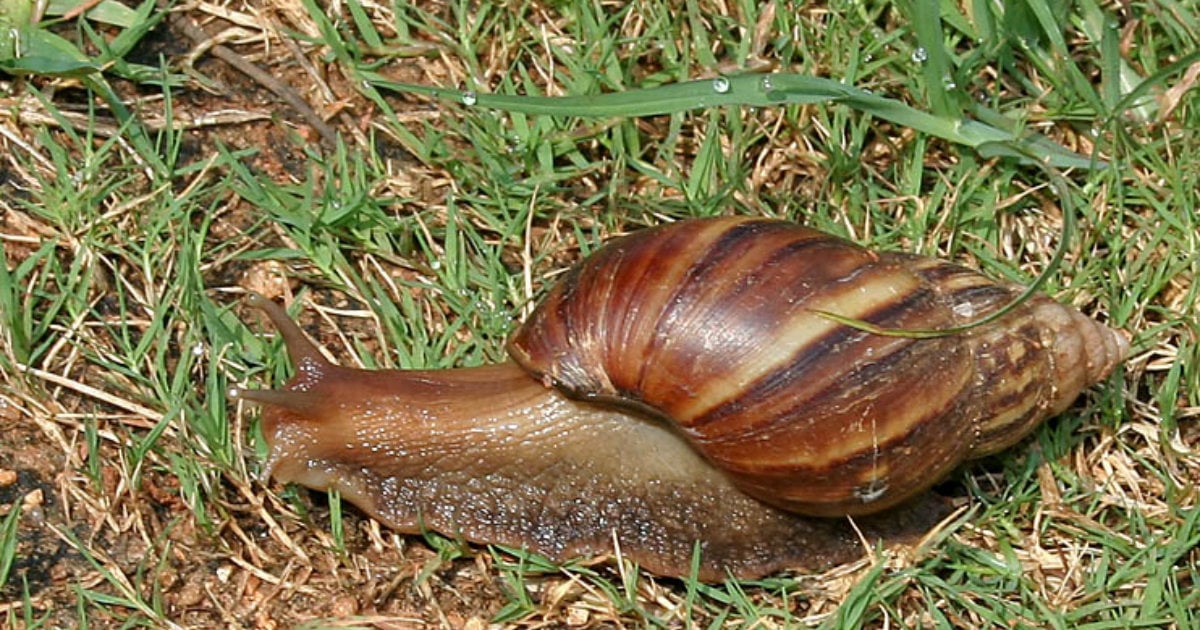Four of the most aggressive invasive species from Latin America have now made their way to Cuba: the lionfish, African tilapia, giant African snail, and paiche. According to a report by EFE, the spread of these exotic species poses a significant threat to regional biodiversity, public health, and food security.
The report, based on research from biologists and international organizations such as the United Nations and the International Union for Conservation of Nature (IUCN), highlights the considerable damage these species have caused to ecosystems in several countries across the continent. Their presence in Cuba signals the growing reach of this issue within the Caribbean.
Among these species, the giant African snail (Achatina fulica), listed as one of the world's 100 most dangerous species, has been spotted in provinces including Las Tunas, Havana, Villa Clara, and Holguín. This snail not only damages crops but also carries parasites that can lead to severe illnesses like eosinophilic meningitis.
The introduction of a type of African tilapia, initially intended for aquaculture purposes, has been promoted in Cuba as an alternative protein source. It is cultivated in both state-run facilities and private projects, such as one by two Havana lawyers using ponds. However, when released into the wild, its rapid reproduction and resilience make it a threat to native river and lagoon species.
The lionfish, originally from the Indo-Pacific, has invaded the Caribbean, including Cuban waters. Its venom deters natural predators and disrupts the balance of local reefs and marine populations. Scientists on the island have documented its spread and warn of its detrimental effects on artisanal fishing and biodiversity.
The fourth invasive species is the paiche, or arapaima, one of the largest freshwater fish globally. Introduced in South America, it is now present in eastern Cuba, bred for its food value. However, if it becomes uncontrolled, it poses a risk due to its predatory nature and can reach up to 4 meters and 200 kilograms, potentially displacing native species.
Despite these concerning developments, Cuba lacks an effective national system for controlling, monitoring, or eradicating invasive exotic species. Institutional responses have been limited, focusing on isolated campaigns without a comprehensive public strategy.
Impact of Invasive Species on Cuba's Environment
What are the most aggressive invasive species in Cuba?
The most aggressive invasive species in Cuba include the lionfish, African tilapia, giant African snail, and paiche.
How do these invasive species affect Cuba's ecosystems?
These species disrupt local ecosystems by preying on native species, carrying diseases, and competing for resources, which threatens biodiversity and food security.
Is there a national plan in Cuba to manage invasive species?
Currently, Cuba does not have an effective national system for managing invasive species. Efforts have been limited to isolated campaigns without a comprehensive strategy.
